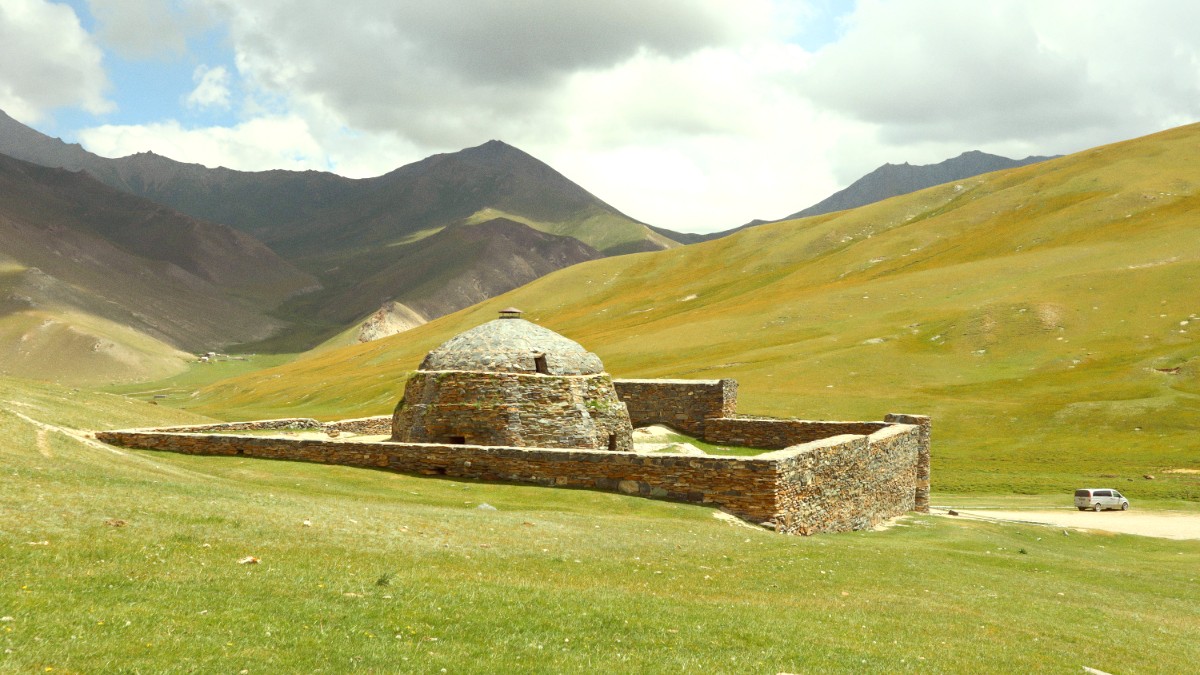
Central Asia
This guide details navigation through this diverse and compelling part of the world.
The Silk Road represents an ancient network of trade routes that linked the East and West for nearly two millennia, from the 2nd century BCE to the 18th century CE. It was more than a pathway for goods; it was a conduit for ideas, technologies, and cultures, connecting diverse civilizations across Eurasia. China, Central Asia, India, the Middle East, and Europe all participated in this grand exchange.
Silk, a highly prized commodity from China, gave the route its name, but many other goods traveled along its dusty paths. Central Asian cities became important hubs in this vast network. Samarkand, Bukhara, Khiva, and Merv flourished as caravanserai towns, developing rich architectural, scientific, and artistic traditions. These cities were not just transit points; they were centers of learning, innovation, and cultural synthesis.
Kazakhstan, the largest, features expansive steppes and semi-deserts in its northern and central parts, alongside towering mountains in the southeast. Its landscape showcases the vastness of the Eurasian landmass, with significant oil and gas reserves. Kyrgyzstan and Tajikistan are dominated by mountainous terrain. The Tian Shan range covers most of Kyrgyzstan, home to pristine alpine lakes like Issyk-Kul. Tajikistan features the Pamir Mountains, often called the "Roof of the World."
Uzbekistan and Turkmenistan occupy more arid landscapes, characterized by deserts and fertile river valleys. The Kyzylkum Desert spans parts of both countries, shaping their climates and settlement patterns. Uzbekistan's population centers cluster around the Amu Darya and Syr Darya rivers, which flow into the shrinking Aral Sea. Turkmenistan is largely desert, including the Karakum Desert, known for its unique natural gas craters.
Extreme temperature fluctuations with very hot summers and cold winters.
Cooler summers and harsh, snowy winters, suitable for trekking.
A continental climate with hot summers and freezing winters.
This geographic diversity means trip planning considers the season and specific areas to visit.
Varied geography supports different lifestyles, from settled urban centers to nomadic herders, and influences local economies.
The Silk Road also facilitated the spread of religions. Buddhism traveled from India to China via these routes, leaving behind monastic sites and rock-cut temples. Nestorian Christianity found a foothold in various communities, and later, Islam expanded across the region, becoming the dominant faith and inspiring the construction of magnificent mosques, madrassas, and mausoleums that stand today. The architectural styles and decorative arts of Central Asia present a testament to this religious and cultural confluence.
The Silk Road's influence began to decline with the rise of maritime trade routes, which offered more efficient and safer transportation of bulk goods. Geopolitical shifts, including the fragmentation of empires and the rise of new powers, also contributed to its eventual decrease in use as a main trade artery.
Despite its decline as a commercial highway, the legacy of the Silk Road remains deeply embedded in the cultural identity of Central Asia. The ancient cities, the hospitality of the people, and the blend of traditions all speak to its enduring impact. Efforts continue to revive its legacy through tourism and infrastructure projects.
Central Asia presents a mosaic of landscapes, from sweeping steppes and harsh deserts to towering mountains and fertile valleys. This diversity shapes the region's character and offers visitors a range of experiences.
Central Asia, comprising Uzbekistan, Kazakhstan, Kyrgyzstan, Tajikistan, and Turkmenistan, presents a mosaic of landscapes, cultures, and traditions.
Explore the facets that define this captivating region:
Turkic and Persian influences intertwine, shaping the region's diverse languages, cuisines, and architectural styles. Russian heritage from the Soviet era is also visible in urban planning and common language use.
Sunni Islam is the predominant faith, reflected in magnificent historical mosques and madrassas, daily customs, and social fabric. Orthodox Christianity is present among ethnic Russian communities.
Economies largely rely on natural resources like oil, gas, and minerals. Agriculture is a backbone, with increasing tourism, notably around Silk Road sites and natural beauty spots.
Intricate Islamic architecture, with its detailed tilework and grand scale, defines the historical cities, inviting exploration.